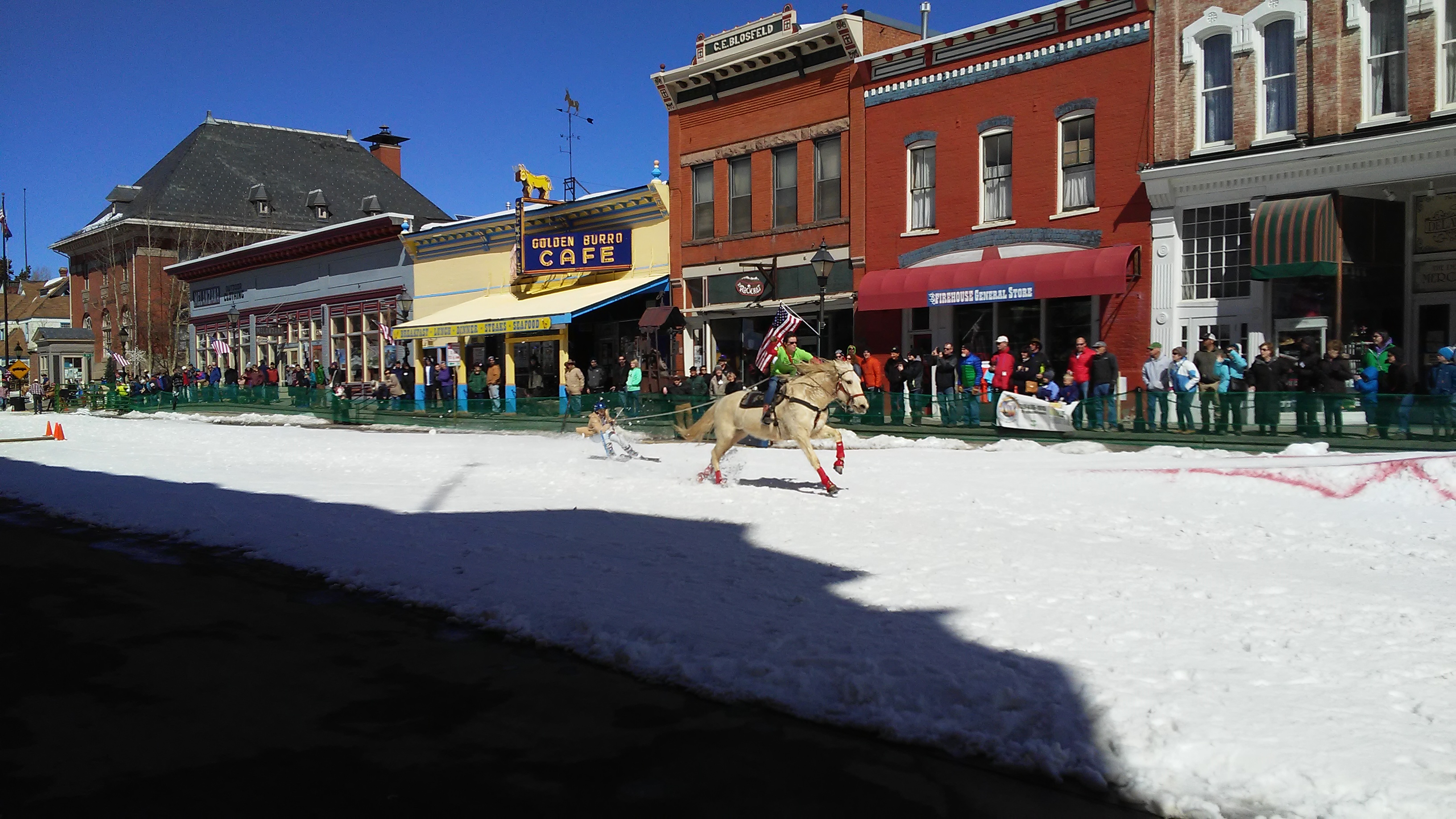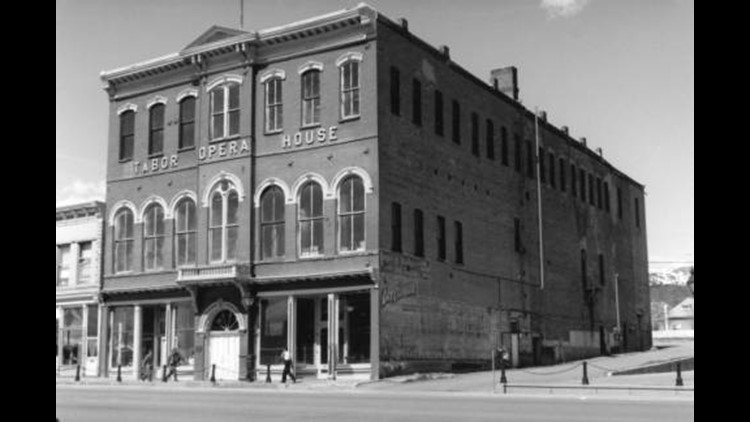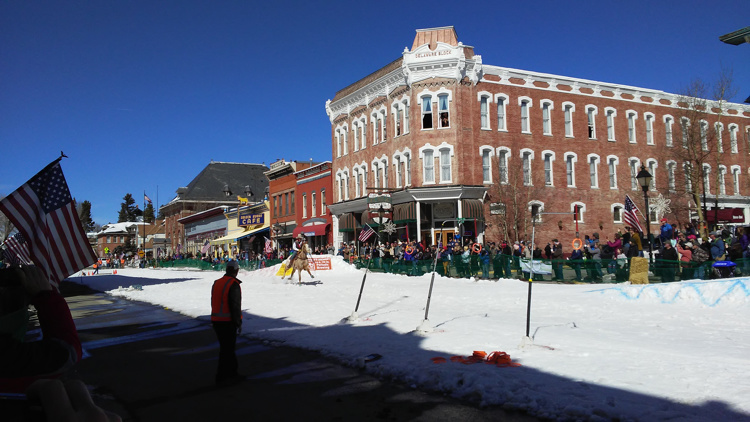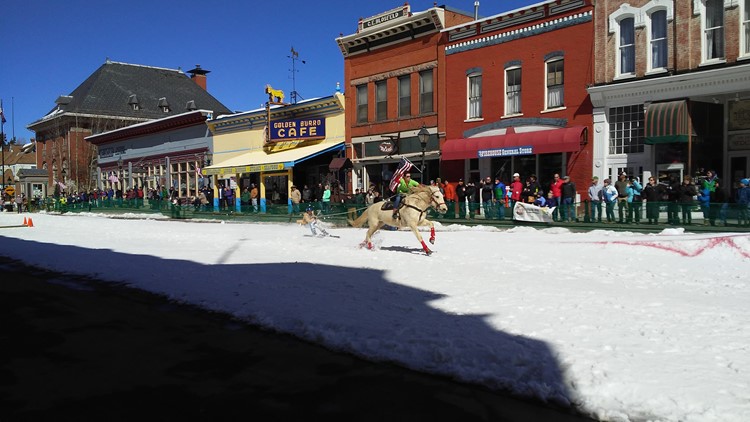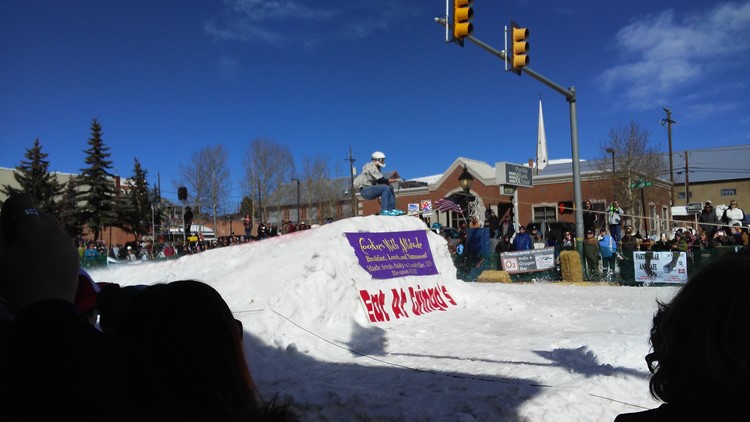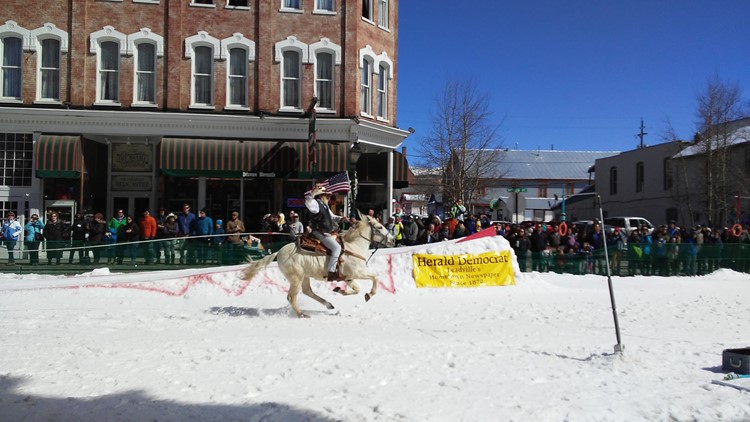Leadville is famously the highest incorporated city in the U.S.
A brave 2,700 residents live every day at 10,152 feet above sea level.
But, a lot more come to the historic town to visit.
Join us Friday afternoon on Instagram for a photo tour of Leadville.
Leadville is an outdoor lover's playground year-round. It has downhill and cross-country skiing and snowmobiling in the winter, and everything from hunting, to scenic drives and four wheeling, to mountain biking and more in the summer.

Leadville is exactly 100 miles west of Denver along U.S. Highway 24, part of the Top of the Rockies Scenic and Historic Byway. It's the only statutory city in Lake County.
Leadville's small-town location makes housing there low-priced compared to metro Denver. The median home price is $253,000, according to real estate website Trulia.com. Median rent for all-size properties stands at $1,250.
Leadville’s mining and military history
Leadville was one of the most profitable mining towns in Colorado’s history.
The first miners arrived in 1860 in search of gold, which had been discovered in the nearby California Gulch. This initial rush brought about 10,000 prospectors, businessmen and more to the town.
But in 1877, the Silver Boom tripled the town’s population by bringing money, and a lot of it, to Leadville.
Historic pictures of Leadville
The silver mines in Leadville were extremely profitable and several famous magnates made their fortunes during this time. This includes Horace and Baby Toe Tabor, who founded the still-standing Tabor Opera House, and J.J. and Margaret Brown, better known as the Unsinkable Molly Brown.
By this time, grand hotels and shops lined the streets. As did saloons, gambling halls and brothels. It was known as a true ‘wild west’ town, not afraid of its seedy side.
But, in 1892 the repeal of the Sherman Silver Purchase Act set silver prices plummeting. The boom was over as mines began to close.
Just before the U.S. entered WWII, the government established the new 87th Mountain Infantry Regiment, a battalion trained for mountain combat. Initially, training and testing was done in at Fort Lewis in Washington.
But, they wanted to find a better location for specifically winter and mountain training. In 1942, a site just outside Leadville was selected and Camp Hale became the home post for 87th Regiment and the 10th Mountain Division, the alpine combat arm of the US military.
The 10th Mountain Division trained in rock climbing, cross-country skiing, downhill skiing, winter survival and more at Camp Hale from 1943 through 1944. They were then transferred to Texas for further training and deployed.
Camp Hale was subsequently deactivated and on November 30, 1945 the 10th Mountain Division was deactivated. Since, the division has been reactivated and deactivated several times. It is currently active and stationed in New York.
A priority of preservation
Much of Leadville’s history remains as an integral part of the town today.
In 1966, a 70-block stretch of downtown Leadville was established as a National Historic District to help protect its Victorian-era architecture. Within the district are 50 buildings that date back to 1870.
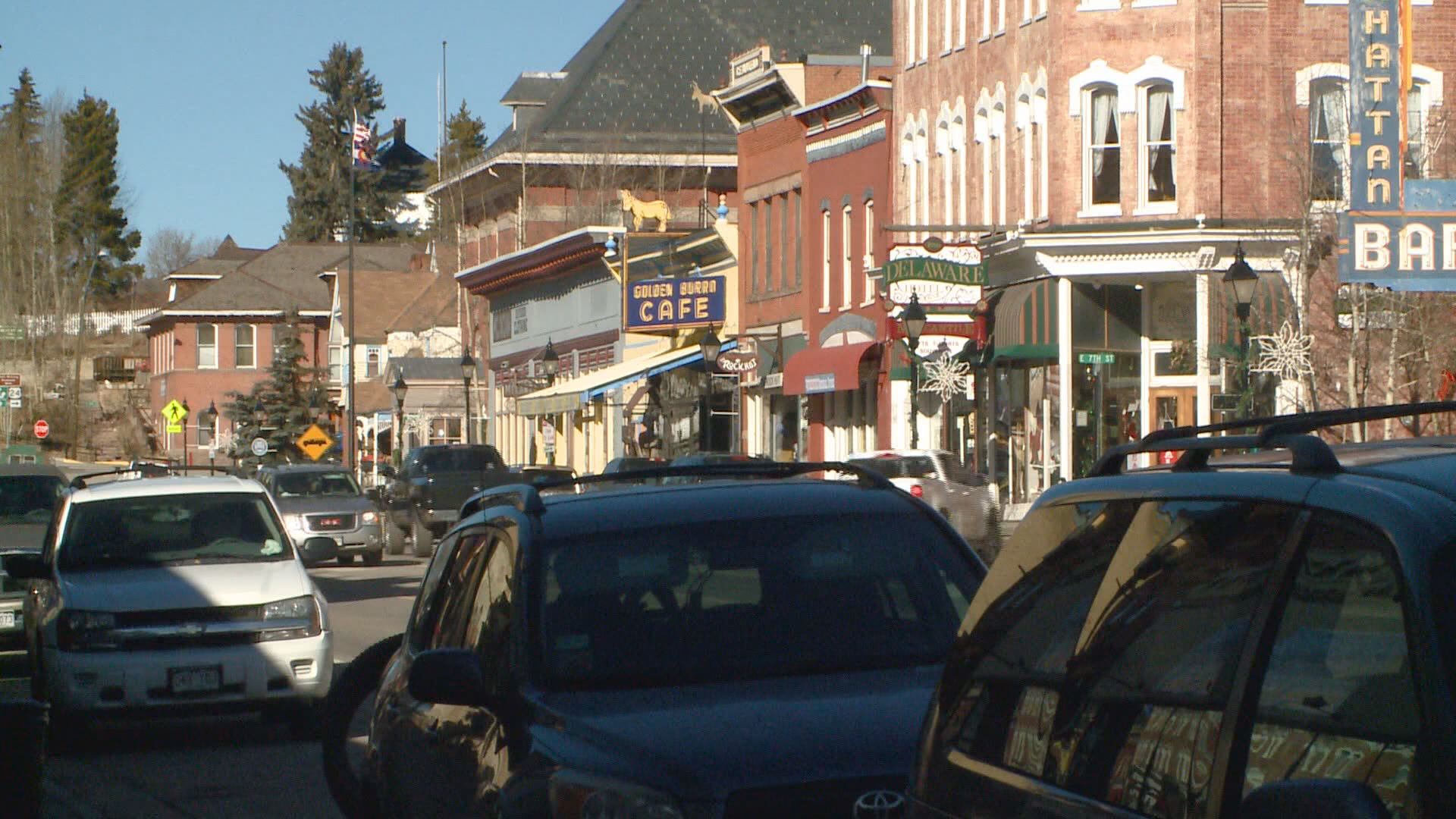
A walking tour, available on Leadville’s website, highlights 20 of the most significant of these structures, including the Tabor Opera House and Home, Delaware Hotel, Silver Dollar Saloon, Leadville City Hall and more.
Leadville’s historic mining district has also been protected and preserved. The 11.6-mile Mineral Belt Trail is a great way to explore and learn about this piece of Leadville’s history. Six miles of it act as an outdoor museum, winding through the mining district with interpretive signs and mining artifacts along the way.
The original Matchless Mine, once the richest silver mine in the country, is open for tours along with Baby Doe Tabor’s cabin where she lived after the death of her husband and loss of her wealth.
The Tabor home in town has also been restored and turned into a museum.
There is also the extremely popular and extensive National Mining Hall of Fame and Museum, the Dexter Cabin and Healy House Museum, the House with eye Museum and the Heritage Museum.
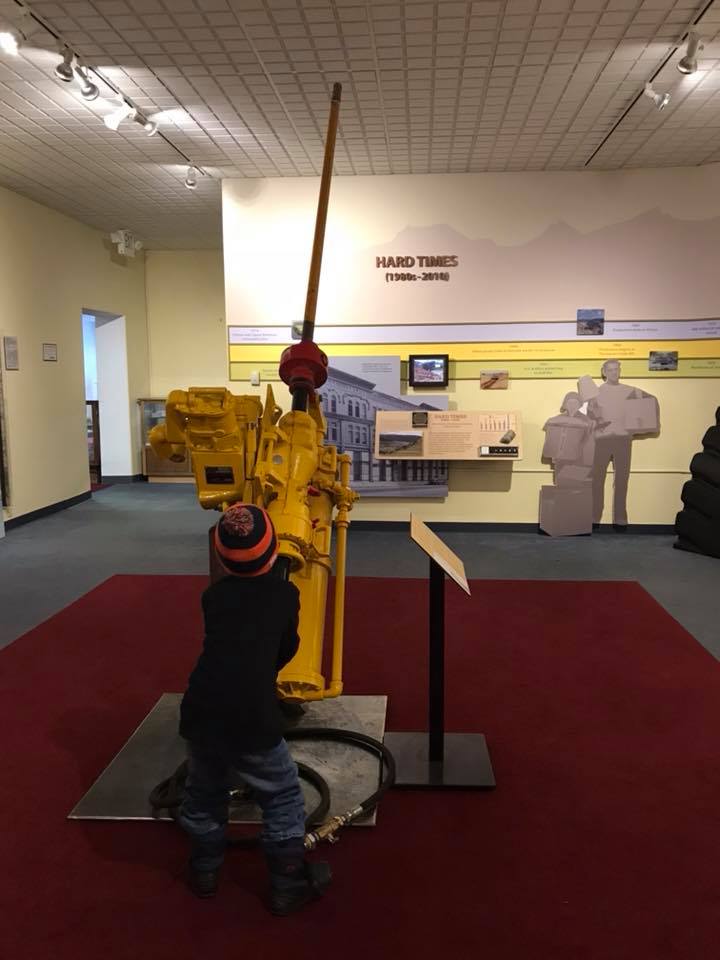
If that seems like a lot of museums, it is. Leadville has a total of eight, more museums per capita than any other Colorado town.
Spending time outdoors
Much of Leadville’s appeal is due to its abundance of outdoor recreational opportunities.
Just five miles west of town is the stunning Turquoise Lake, a popular boating and camping destination, and 15 miles south is Twin Lakes, two glacier lakes nestled in Independence Pass and long considered one of the Rocky Mountains' hidden treasures.
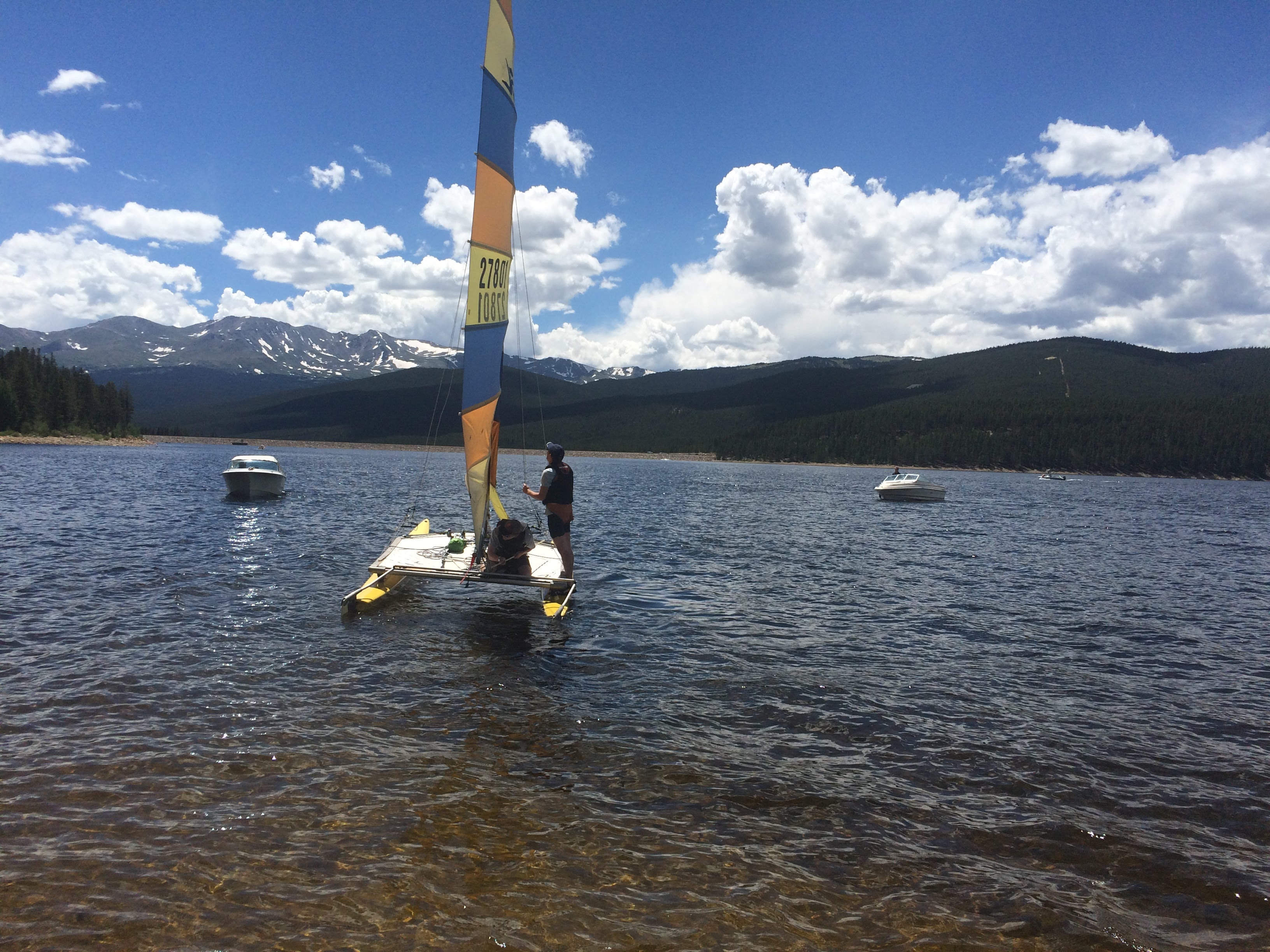
Hikers will find paradise on the rest of the Mineral Belt Trail as it winds through wildflower meadows, aspen groves and conifer forests and offers scenic views of the town below.
Leadville is also the starting point of the popular Leadville Trail 100, an arduous 100-mile race through the Rockies that draws endurance athletes from all over the world. Its high altitudes and rugged terrain have earned it the nickname "Racing Across the Sky."
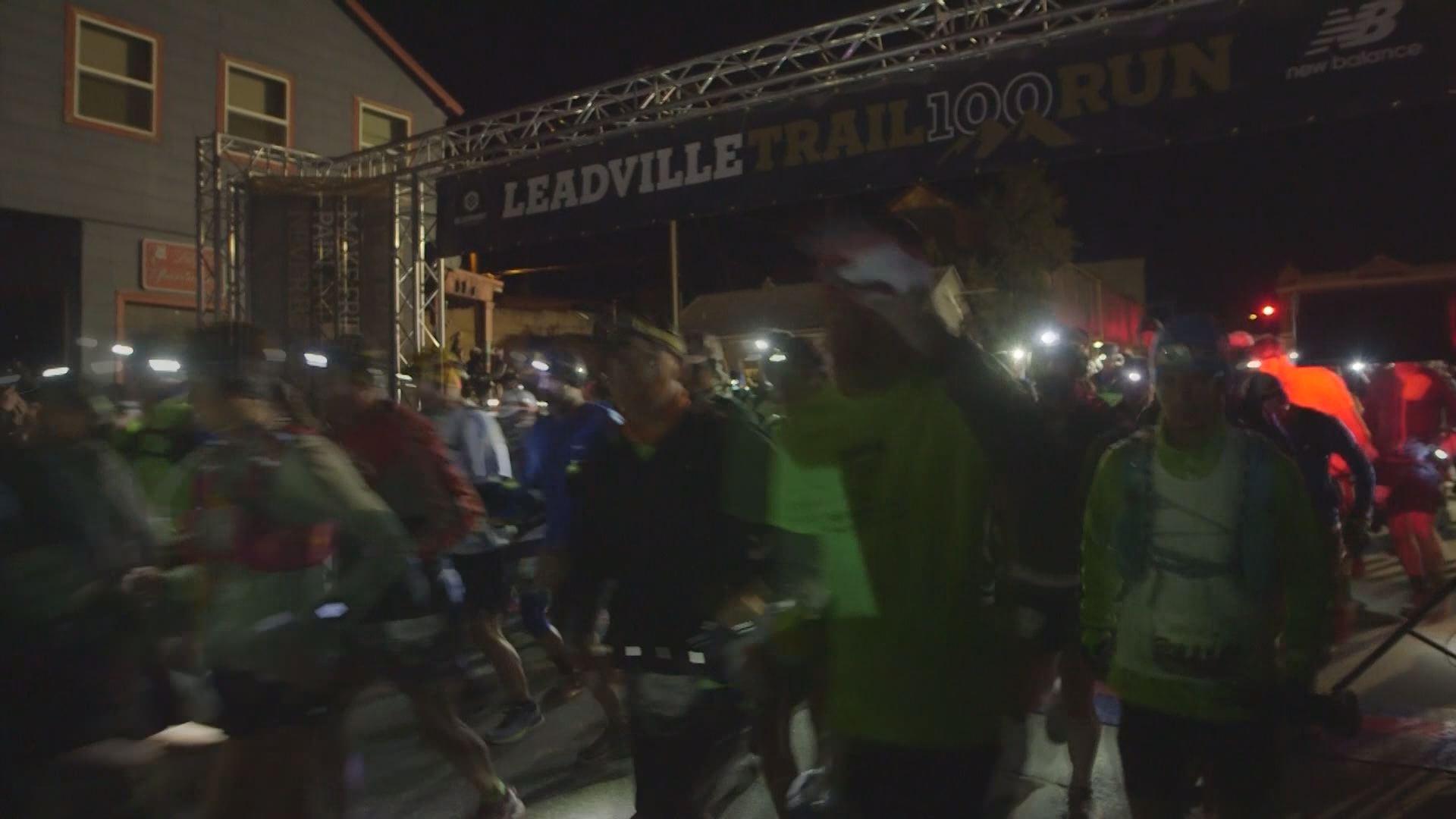
Mosquito Mass has connected Leadville to Fairplay since 1878, when it functioned as a wagon trail for transporting gold. Today, it’s popular for driving ATVs and other 4-wheelers over the 13,186-foot summit.
Options for fishing, sledding, cross-country skiing and horseback riding are all also available within the town.
Ski Joring
Each winter, thousands of people come to Leadville to experience the town’s signature event: ski joring.
It’s a sport where skiers are pulled behind fast-running race horses at 40 miles an hour. If hanging on isn’t hard enough, skiers have to fly off jumps and try to spear rings along the course.
Ski Joring has been around for a long time and was even a demonstration sport at the 1928 Winter Olympics. Leadville’s competition has been held since 1949.
The Ski Joring and Crystal Carnival is now held annually on the first weekend of March.
The race begins at noon and generally lasts until about 3 p.m. It’s free to come and watch.
Leadville Ski Joring
It isn’t just adults running the course —kids also have the chance to get their start while pulled behind snowmobiles.
The carnival also includes live music, a Nordic race, a nighttime fat tire bike ride, a Nordic paintball biathlon and a film festival.
Spending time in town
Downtown Leadville is a historic, walkable area that's lined with 1870s-era buildings, to include the Tabor Opera House (308 Harrison Ave.), which still hosts live performances, tours, seminars and weddings.
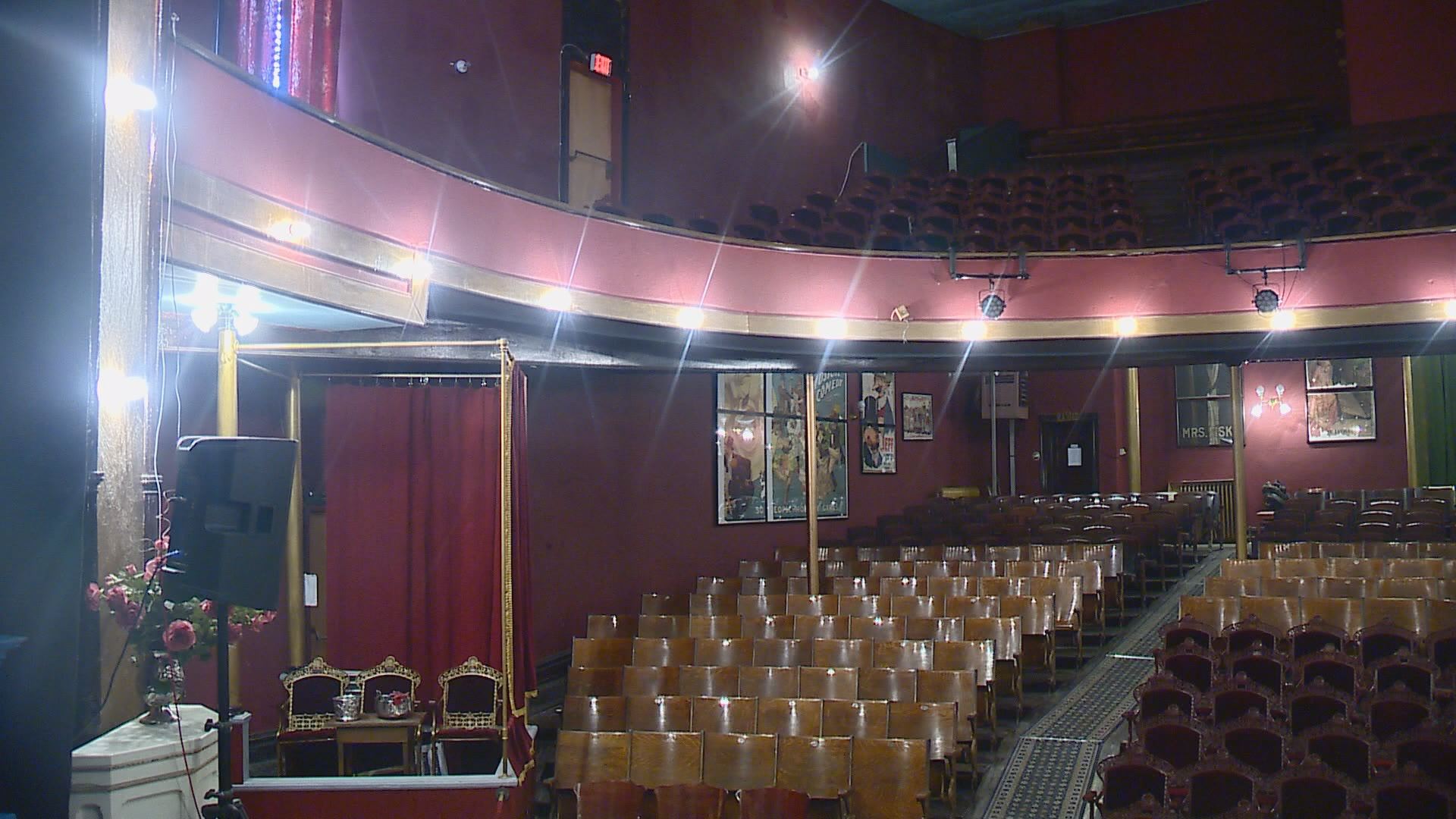
There are also plenty of spots to grab a bite and shop.
The Golden Burro Café and Lounge (710 Harrison Ave.) is one of the state's oldest restaurants. It was founded in 1938, and serves American fare in a historic banquet room.
A couple other local favorites are pizza joint Tennessee Pass Cafe (222 Harrison Ave.) and Treeline Kitchen (615 Harrison Ave.), serving creative twists on classic American dishes. High Mountian Pies (115 W. 4th St.) is another great pizza spot.
Book Mine (522 Harrison Ave.) is a quaint little bookstore with cozy nooks to curl up in, and up the street, Matchless Treasures Thrift Shop (623 Harrison Ave.) offers one-of-a-kind gifts and furniture pieces.
Got a sweet tooth? Leadville has you covered with Cookies with Altitude (717 Harrison Ave.) and D'Love Gourmet Coffee 'n' Ice Cream (605 Harrison Ave.) — both full of tasty treats.
Among several bars in the area is Wilde's Green Hour (313 Harrison Ave.), a fun speakeasy and absinthe bar, Scarlet Tavern (326 Harrison Ave.) and Periodic Brewing (115 E. 7th Ave.), a local craft brewery with a taproom and comfy upstairs seating.

